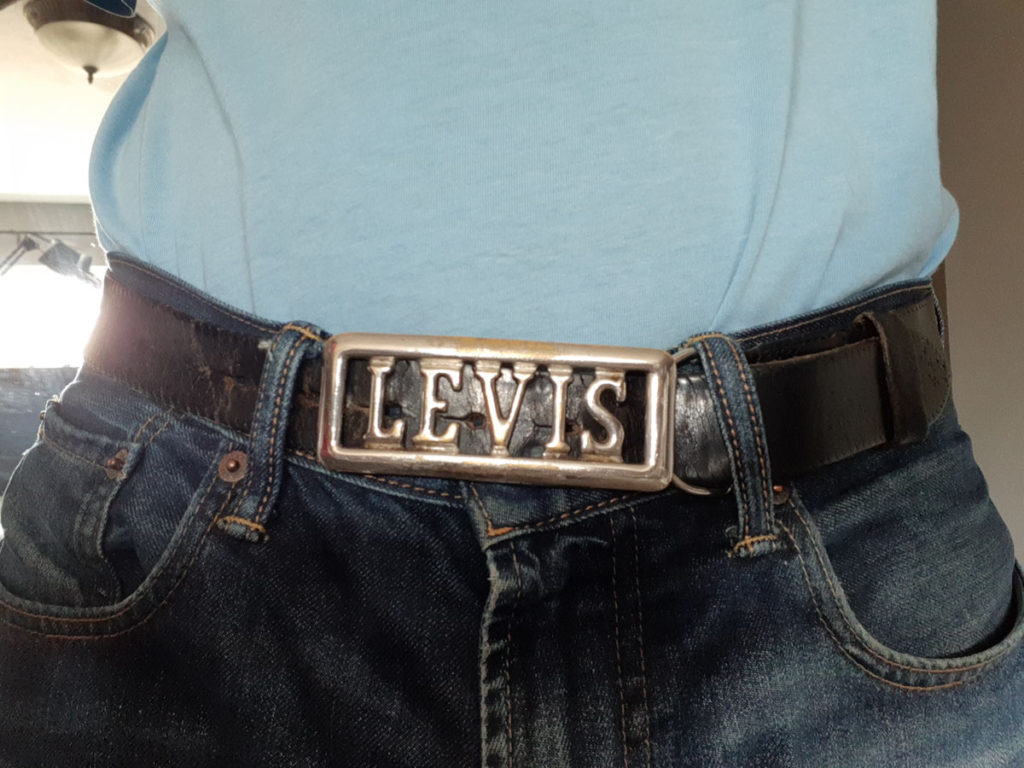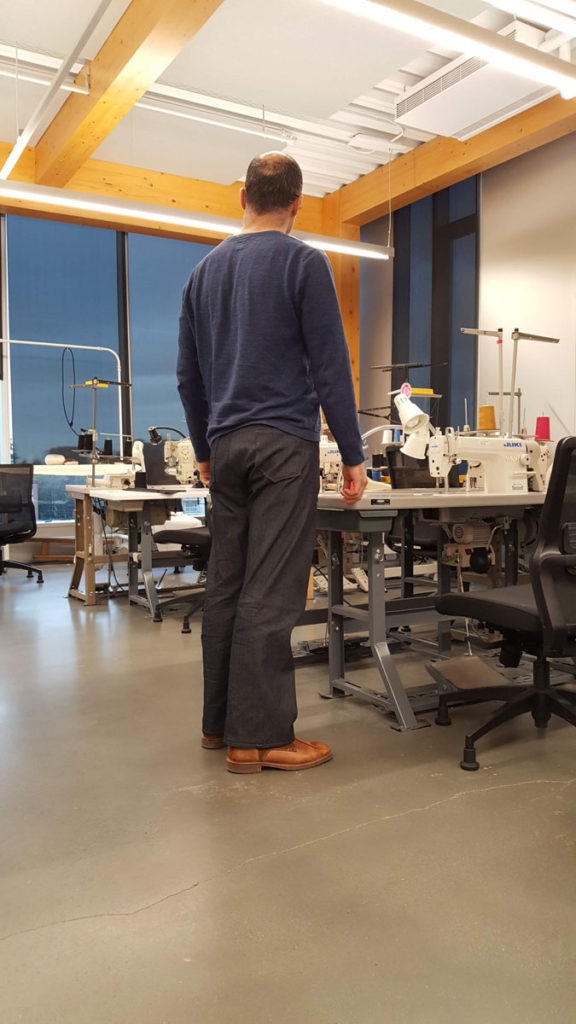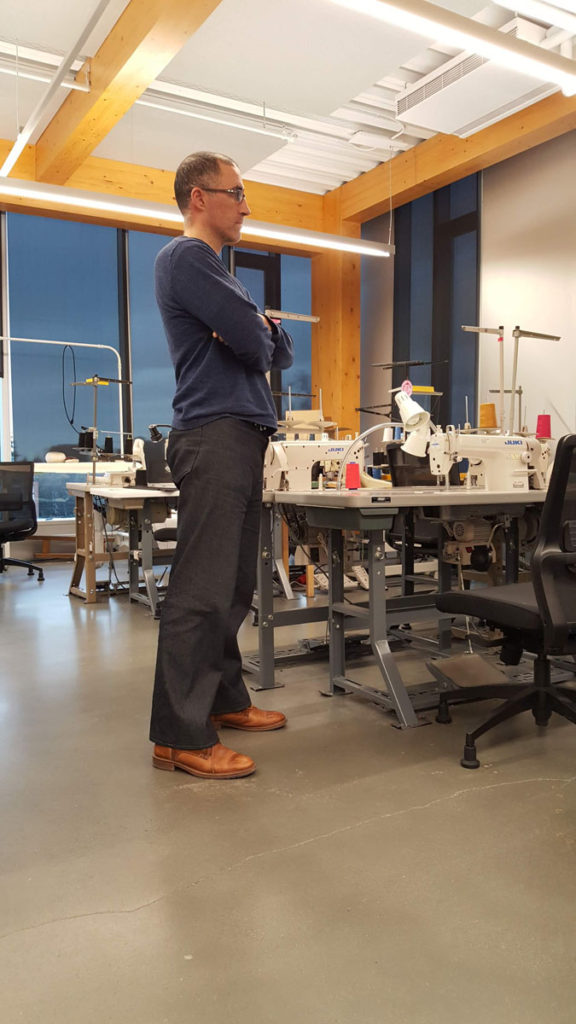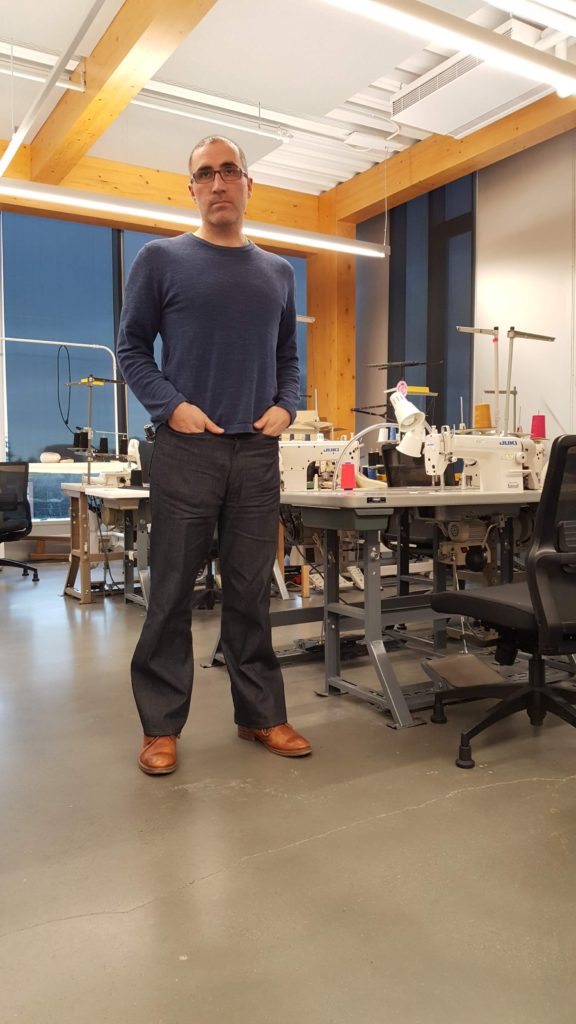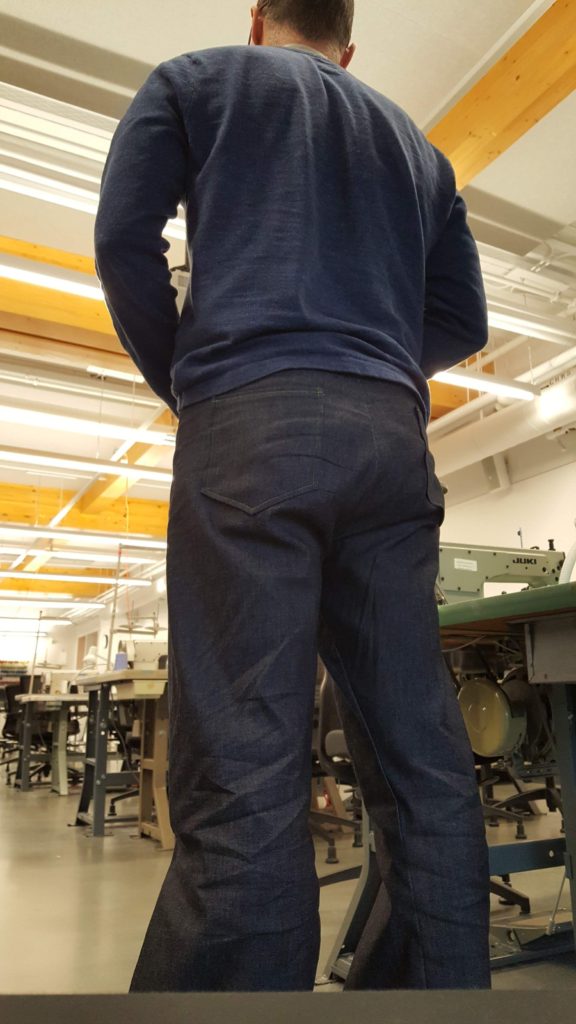I have never been interested in fashion nor studied or taught in a design school with a fashion program until my current experience at the Wilson School of Design, where the fashion program is very active and important in our school. I have also had the privilege to have interesting conversations with fashion faculty about mutual interest on sustainability and mass consumption.
One of these colleagues teaches the topic of Zero Waste Fashion, which I found very interesting. Summarizing in a probably brutal way: zero waste fashion is about creating clothes that produce no waste in their manufacturing. In a bit more detailed way: each piece of clothing that you wear came from multiple pieces (patterns) cut from a roll of fabric, these patterns that are sewn into garments have no regular shapes, all have curves and more or less organic shapes. In factories they try to fit all shapes into that roll of fabric as efficiently as possible but there is always parts that cannot be used and turn into waste. Depending on the garment the waste can be between 5 to 30% of the fabric that comes from the roll.
In the video below you can see how they roll out several layers of fabric on top of each other in order to cut multiple parts in one operation, and how they cut with a special hand-held machine. In this particular video does not show too much waste, surely because of editing, in classic production and design all garments produce some waste.
In this other video they cut the fabric with laser and is only one layer but the waste is much more evident.
The idea with zero waste fashion is that the patterns that make your garment cover 100% of the fabric, so no waste is produced. This sounds like a very cool and promising idea, so I decided to do an experiment of my own.
I started by doing some research, there are several designers working on this area, but it seems that Timo Rissanen is the highest authority, he co-wrote THE book about it.
I mean no offense, but I don’t understand nor like the designs of high-end fashion designers, it’s not something I would like to wear in my every day life. So I decided to focus on simple jeans, something that I could wear at work or out and about without raising too much attention.
Here is one example of Timo’s work, it’s a pajama and it looks super cool; but no, is not my style… if by any chance I have something that can be called a fashion style.
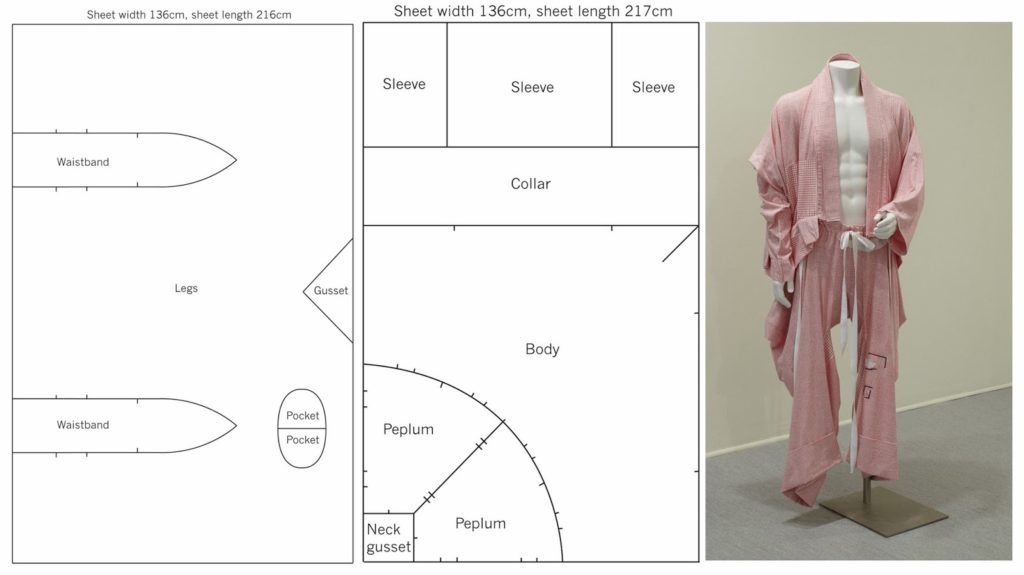
So after a bit of experimentation I designed my own pattern for my jeans.
This is the pattern for a regular jeans:
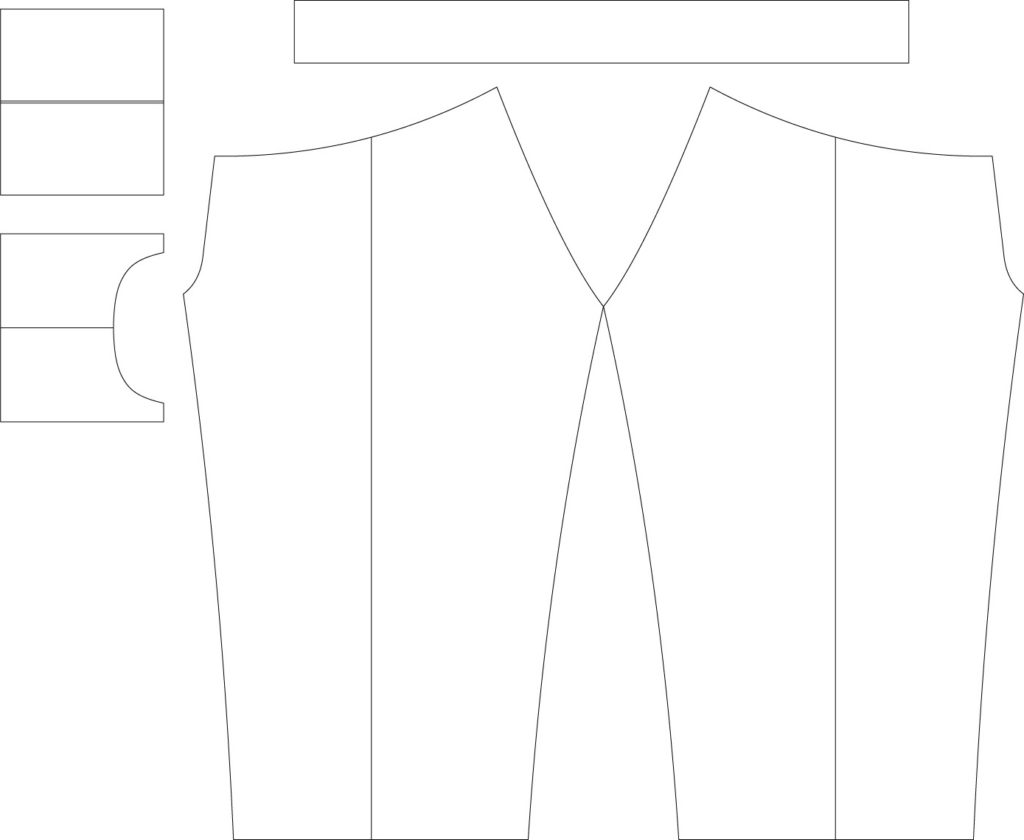
This is my pattern and yes, I cut it and sewed it.
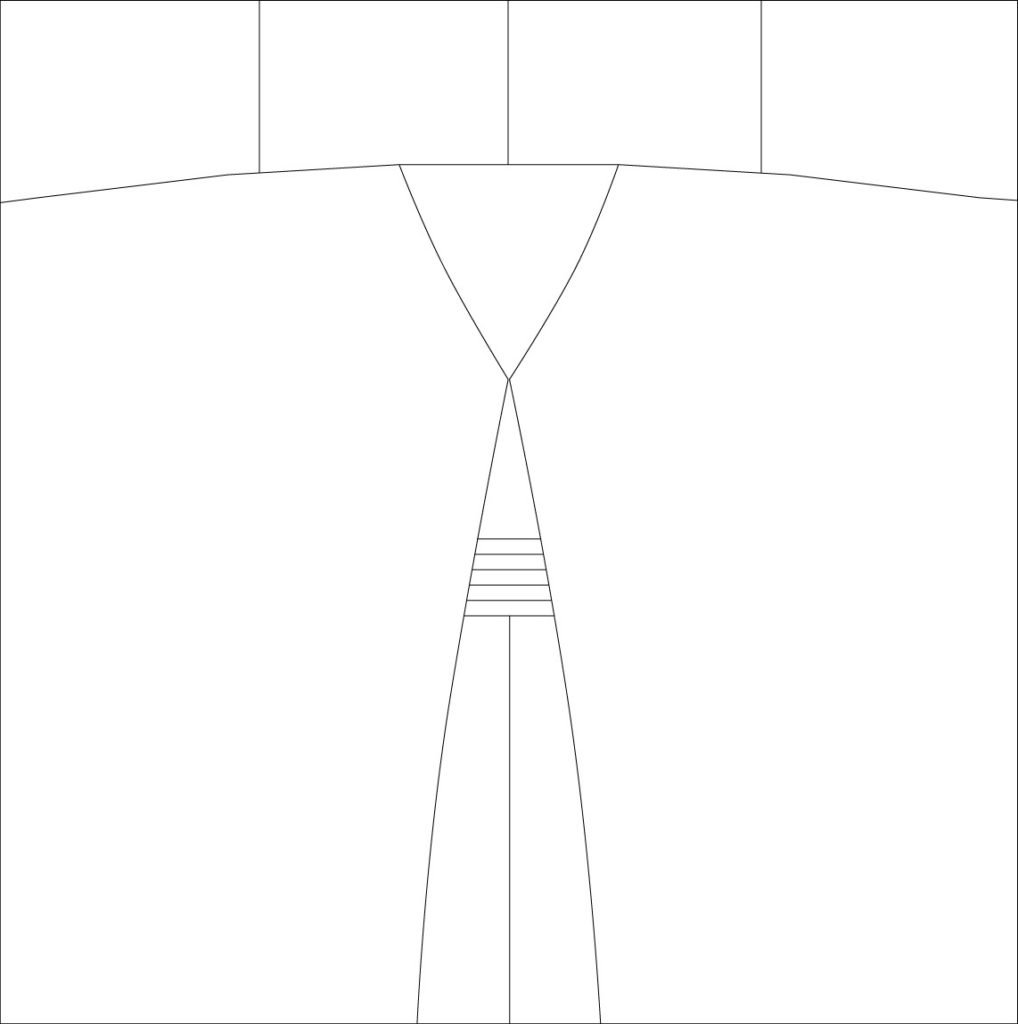
This is the final result (me modeling).
I must confess that I did had some small bits of waste, and this is precisely the issue, because of the constrain of using ALL the fabric, the patterns are pushed to have some very flat and square-ish shapes, so unless you make the extra fabric hang out or fold it on layers, you end up having some not-so-nice looking garments.
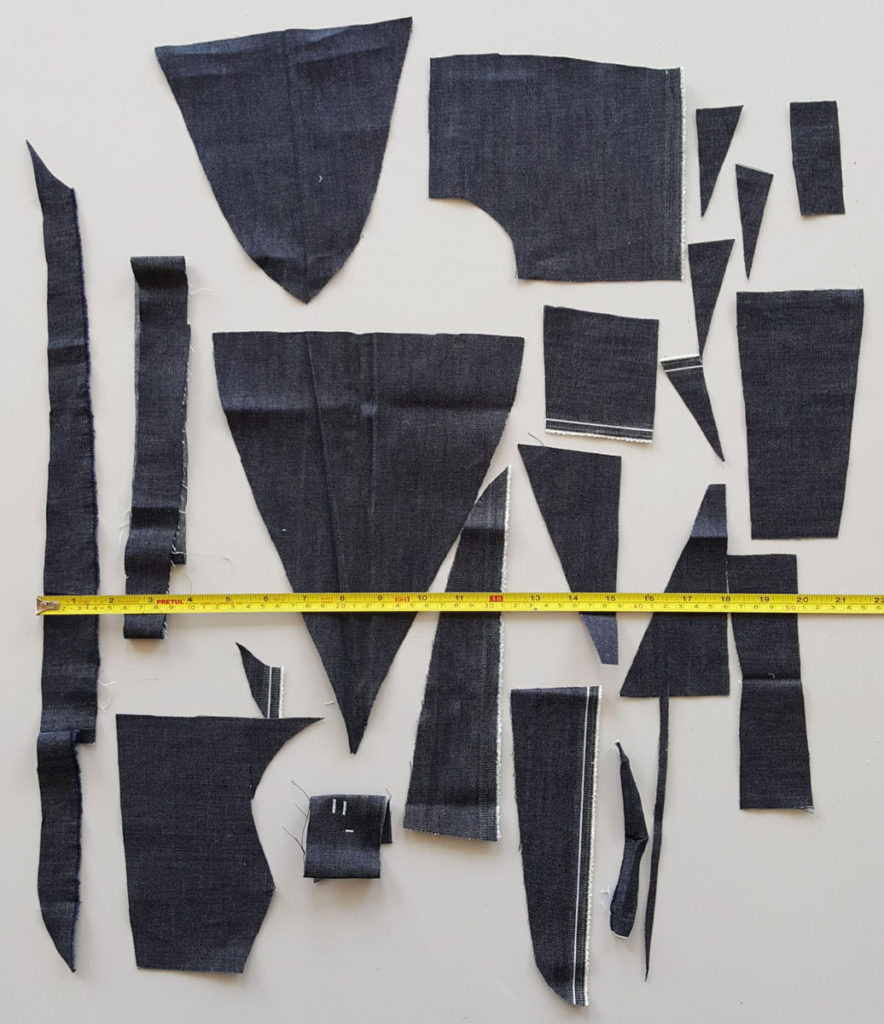
Fortunately one of my colleagues used most of my “waste” so I can say that a very small part ended up in the trash.
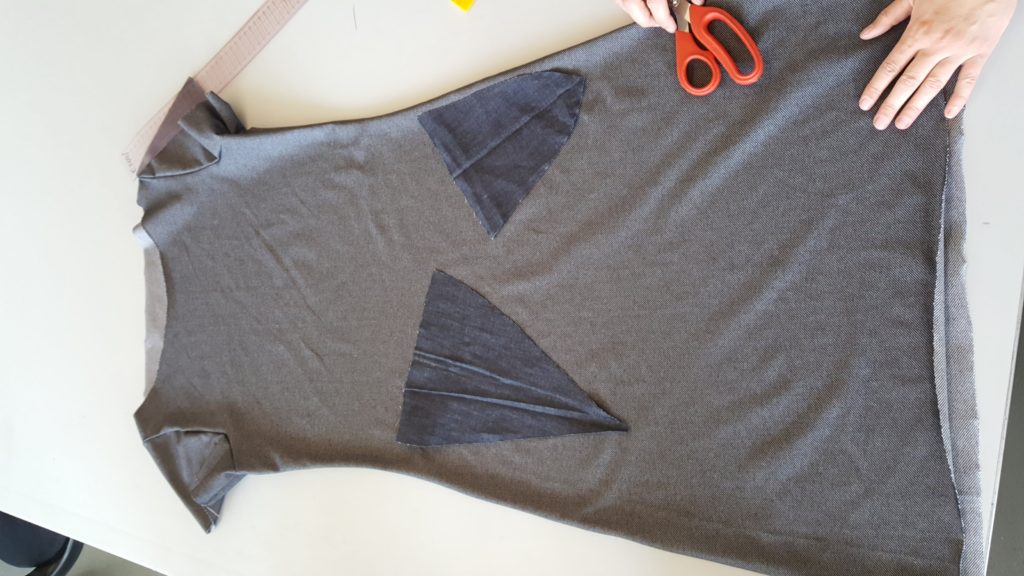
But this takes me to the most important part of this experience, some reflections at the end of it. Zero waste fashion is a very interesting topic, not very developed yet and I think the reason is exactly the same from my conclusion on my own experience. Zero waste fashion could be something to benefit from, not having waste going to the landfills from production. But the true problem of the fashion industry is not production waste, is the growing trend of obsessive consumption, the so-called fast fashion of companies like Zara, H&M and so many others. And people, all of us, buying the cheapest, using it maybe only once, or in worst cases ever. Everything at the end goes to the landfill or incinerator just a few weeks or months after bought.
The following are some documentaries that show the horrible impact of the fashion industry in our planet, and yes, it is depressing, it is terrible, but we have to face it and do something about it.
From Sex Worker to Seamstress: The High Cost of Cheap Clothes
And what can you do about it?
Buy less, buy only what you really need and what you are really going to use. A friend told me she has a rule, to ask herself before buying: “I am going to use this at least 30 times?” if the answer is no, don’t buy it!!! And if you want to be even stricter you can increase that figure to 50 or 100…
Just as an example, when I was 16 (29 years ago, do the math) I bought this belt. I have use it almost every single day for 29 years and is still going! and I will continue using it as long as I can. I don’t need another belt, people may dislike it, people may think I am boring… “out of style” or without one, I don’t care 🙂
